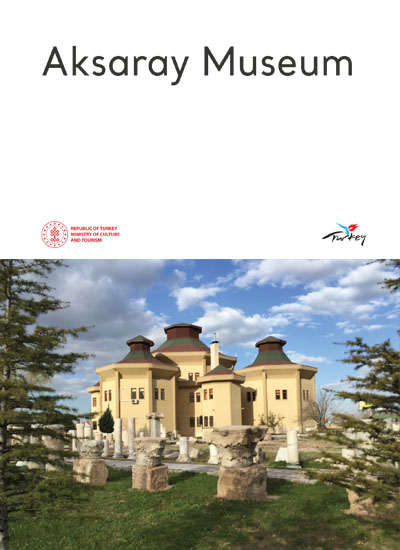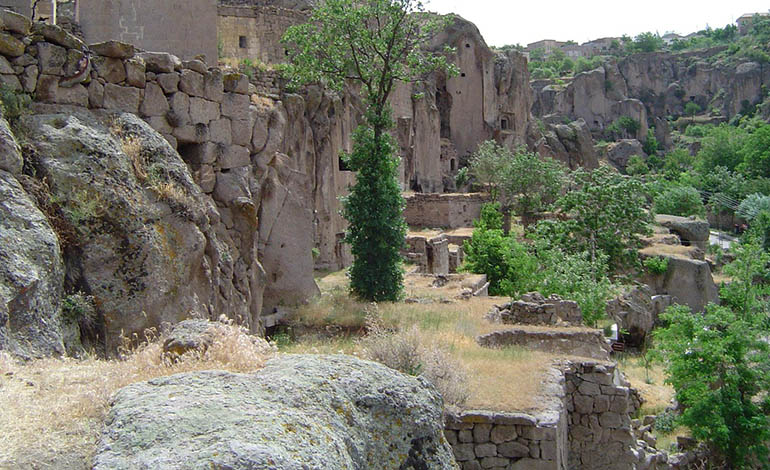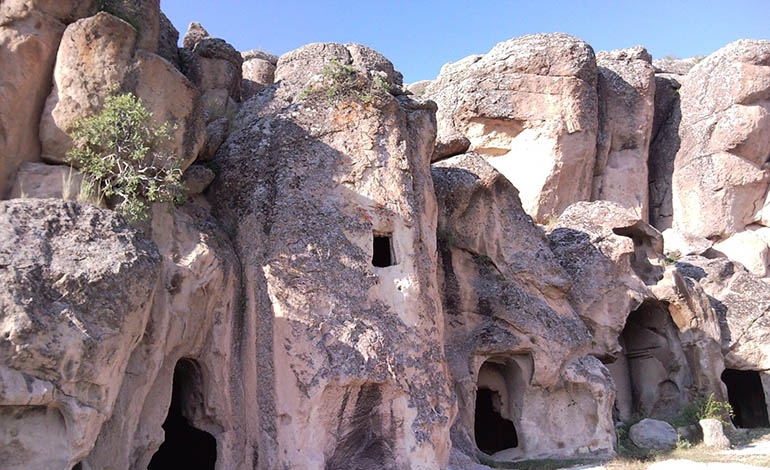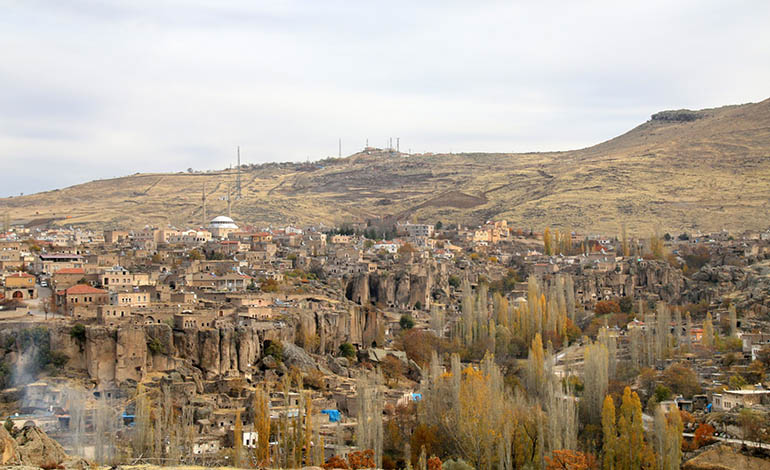The Manastır Valley, situated in the centre of Güzelyurt (formerly Gelveri), is one of the most significant valleys in the region, following Ihlara Valley. It is home to 28 churches, two underground cities, and hundreds of rock-carved sites. The Church Mosque, Sivişli Church, Koç Church, Çömlekçi Church, Kalburlu Church and Kömürlü Church are among the most notable historical monuments situated within the 5.5-kilometre-long valley. Of the 28 churches in the valley, 17 are single-nave structures, seven are double-nave, one has three naves, one has a free cross plan, and two have a closed Greek cross plan. Of the seven main architectural plan types identified in the Cappadocia region, five are represented in the churches within the valley. In addition to its historical significance, the Manastır Valley is also a popular destination for trekking, offering visitors the opportunity to explore its magnificent natural beauty. Following the Kömürlü Church, visitors may choose to continue their journey by walking an additional four kilometres, first to Sivrihisar Castle and then to the Red Church. In 17 AD, Cappadocia became part of the Roman Empire. Christianity began to spread rapidly in the region during the second century AD, when polytheistic religion was still dominant. From the initial period of Christianity's dissemination until it was officially recognised as the state religion by Constantine the Great in 313, Christians were subjected to significant persecution and oppression. Consequently, Christians residing in Cappadocia employed the physical attributes of the region, utilising rock-carved locations for in secret worship. The Monastery Valley preserves the remnants of the earliest monastic settlements. Gregory of Nazianzus (Nenezi or Bekarlar) is known to have lived in Güzelyurt during the 4th century, playing a pivotal role in the spread of Christianity in Anatolia. From the 7th century onwards, Cappadocia functioned as a buffer zone during Arab raids. The Iconoclastic movement, which emerged in the early 9th century, was unable to gain traction in Cappadocia. This was due to the fact that the clergymen who opposed the prohibition of figurative depictions were concentrated in the region, and thus figurative depictions continued to be made in rock-carved churches. By the late 11th century, the region had come under Turkish rule, and Christians residing there were able to continue their worship without restrictions. Until the population exchange of 1924, Güzelyurt and its surrounding area preserved its distinctive demographic composition, characterised by the coexistence of Turkish and Greek communities.
AKSARAY MUSEUM






